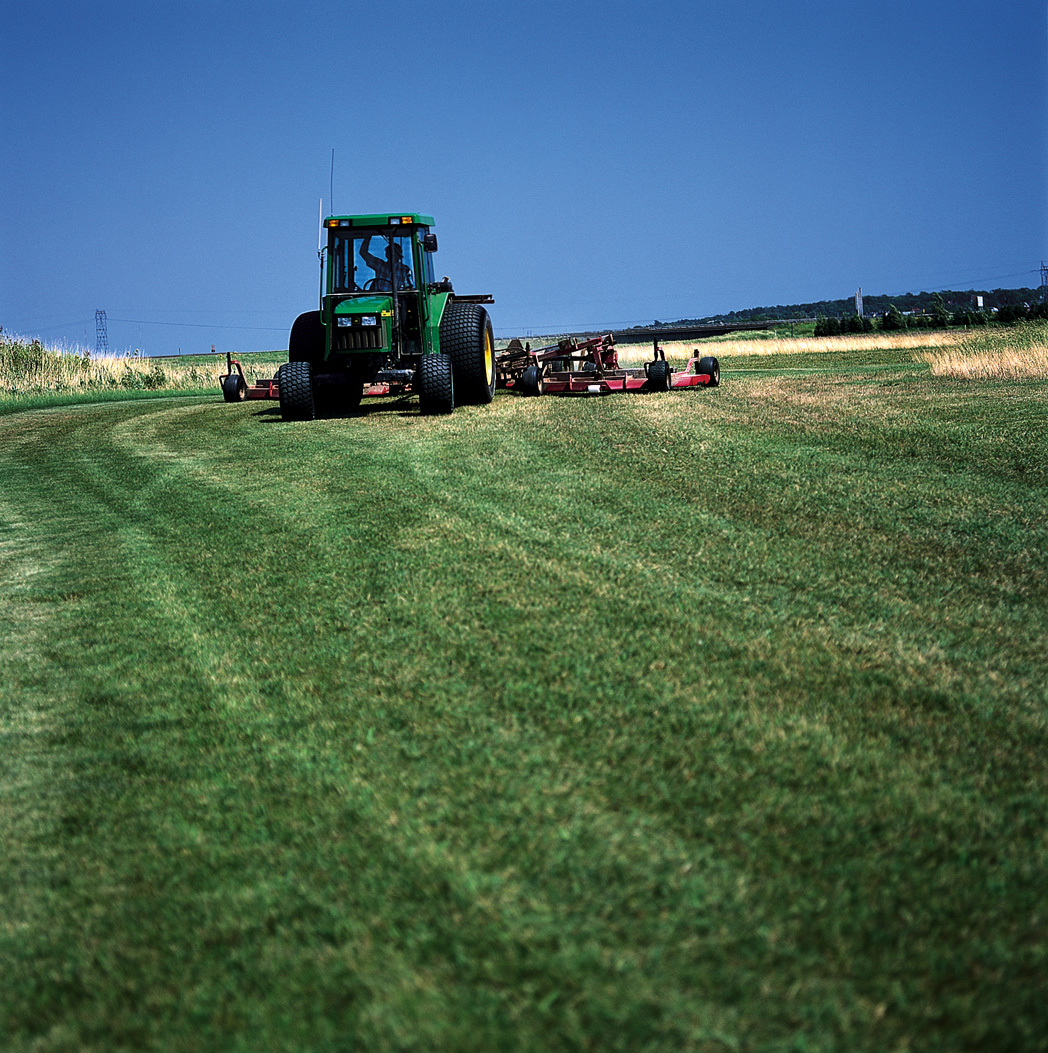The production of compost
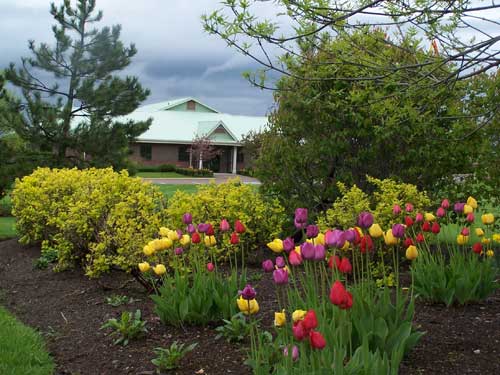
The high quality compost produced at the Greater Moncton Wastewater Commission (GMWC) is made using by-products from the forestry industry (bark, sawdust, wood chips) and treated Biosolids. It can also include hay, straw, and silage from the farming community and green waste from yard cleaning (lawn clippings, leaves, shredded branches, etc.).
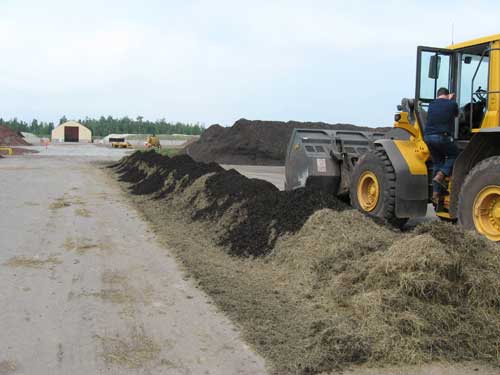
The nutrient rich Biosolids are used as a key ingredient in the process and provide organic matter and moisture which promotes rapid production of beneficial bacteria and fungi. The process is fully aerobic (oxygen is provided by forced air) and can produce very high temperatures (65-70 ºC) necessary for the quality of the finished product.
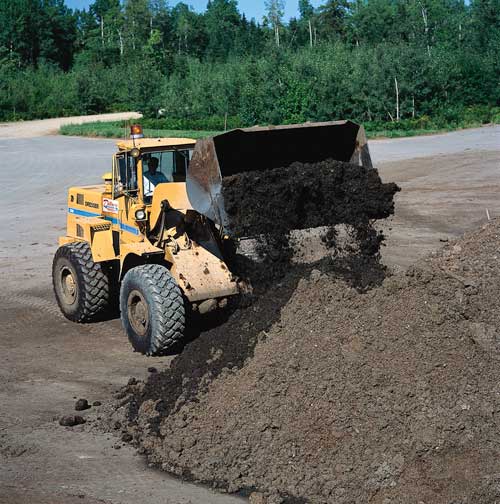
Biosolids is the main by-product of the Wastewater Treatment Process and is rich in nitrogen and phosphorus and other micronutrients. It is dewatered using high speed centrifuges and conditioned with lime before being transported to the Composting Facility.

The composting process used by the GMWC combines bottom aeration and a proprietary cover system referred to as the GORE™ Cover System. The key to the composting process is the mix ratio of biosolids, wood wastes, and other green wastes. The bulking materials provide a source of carbon and are essential in obtaining a porosity that will facilitate the migration of air for a thorough and complete aerobic process.
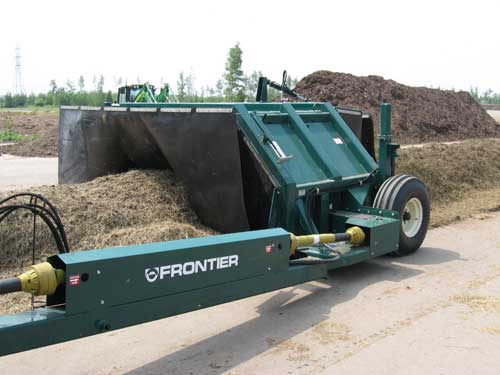
The main process is carried out on 3 outdoor concrete pads of 56 meters by 50 meters. This large pad is laid out to have eight (8) compost windrows of 50 meters long. This is a modular design such so that additional pads of equal size can be added as needed. Half of the second concrete composting pad has been added in 2014 to provide another 4 windrows of capacity bringing our total capacity to 12 windrows. Two air trenches per compost windrow provide air and allows drainage of excess leachate and water. The process can generate temperatures of over 65ºC for an extended period of time.
Key features of the cold climate design
Key features that allow this system to operate in a cold environment include:
- High temperature Composting: Using GORE™ cover System. The cover allows moisture to escape but is effective at retaining heat and protects against excessive loss or increase in moisture.
- Pre-Heated Air: An enclosure houses the blowers and associated electrical and control equipment. Compost process air is drawn from the enclosure after being pre-heated.
- The pad incorporates a “Pad Heat Distribution System": As the composting process produces heat over the two month process, excess heat is captured through a network of pipes installed in the concrete slab carrying a glycol solution. Recovered heat is used to pre-heat aeration air and to melt snow and ice on specific sections of the pad to enable the use of the covers during the winter months.
- Low Energy Usage: The overall design is based on a minimum energy usage. The aeration blowers provide air to the process to sustain itself. These are 2.4 H/P and normally operate 12-20 minutes every hour.
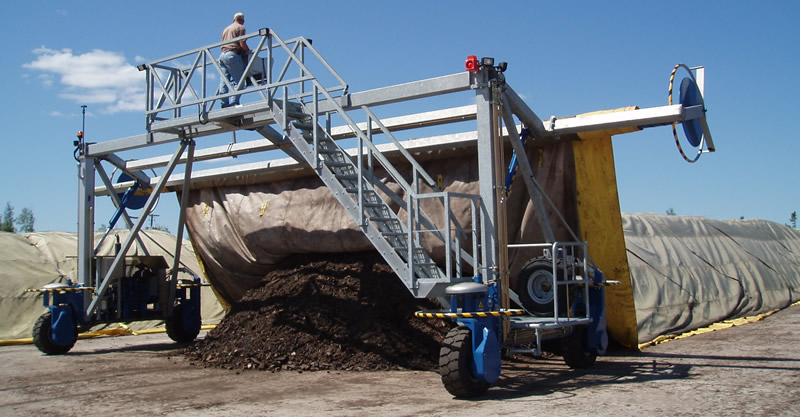
Quality of compost
The GMWC compost facility is also certified to produce CCME Category A Compost. The standards are based on four criteria for product safety and quality: maturity, foreign matter, trace elements and pathogens; which ensure product satisfaction and maintaining of consumer confidence. Compost of this quality can be used in any application, such as agricultural land, horticultural applications, the nursery industry, residential gardens, etc.
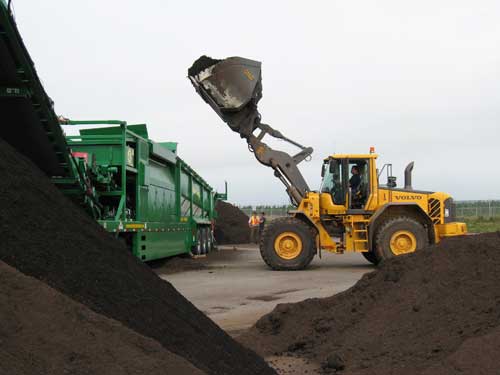
Benefits of compost in soil
Water Retention: Healthy soil is an important factor in protecting our waters. Compost increases soil’s ability to retain water and decreases runoff.
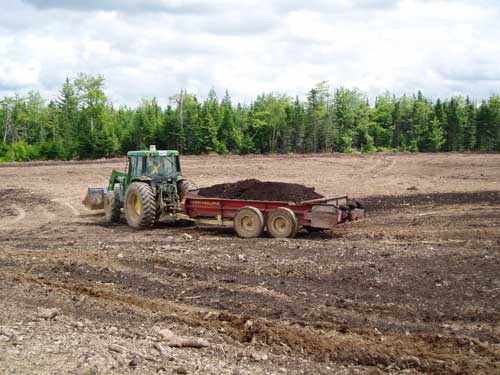
Source of Organic Matter: Provides food for microorganisms and an excellent habitat for microorganisms.
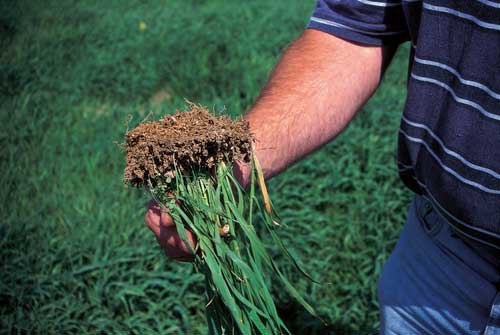
Provides Crop Nutrients: Compost can partially replace synthetic fertilizers. Compost contains macro and micronutrients often absent in synthetic fertilizers. Compost releases nutrients slowly.
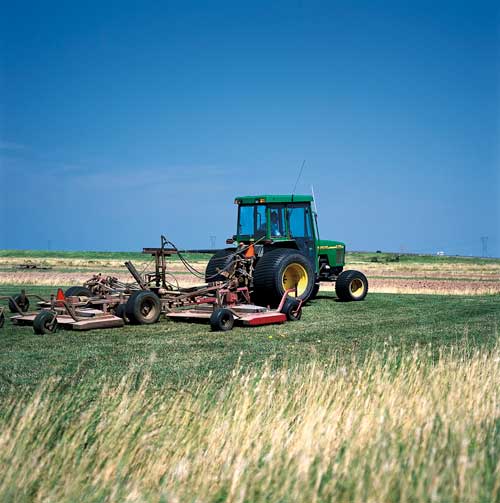
Compost Mulch is typically used in horticulture such as a top dressing on landscaped beds, around trees and shrubs.
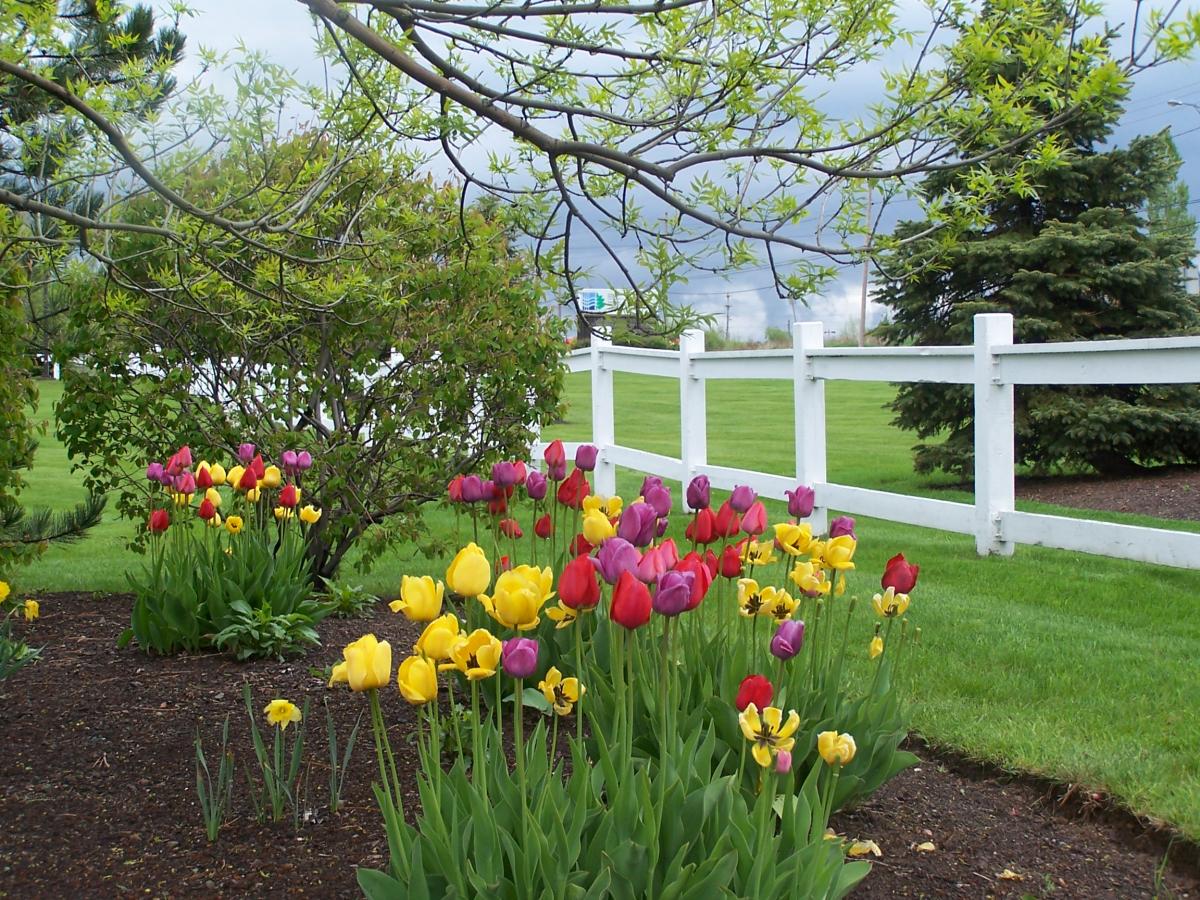
Compost has also been used in sod farming, landfill closures and in building golf courses and constructed wetlands. It can also be used on agricultural lands.
